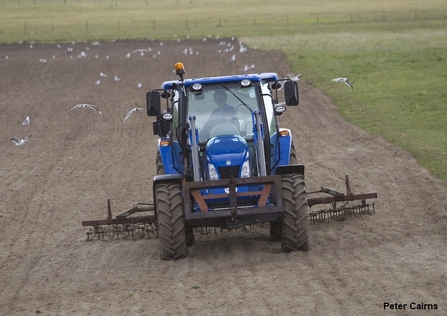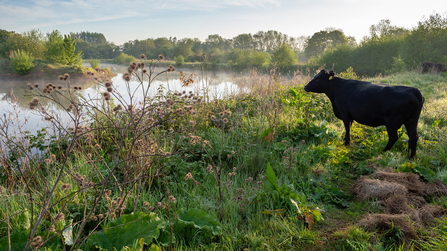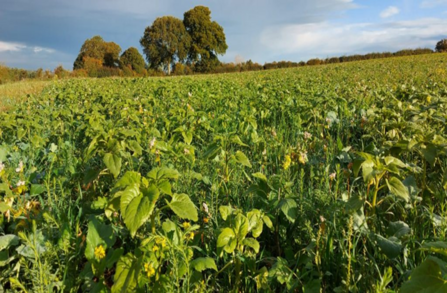Regenerative Agriculture is a method of farming that uses nature to protect crops and reduce reliance on pesticides.
Arguably this type of farming started in North America, one of the pioneers being Gabe Brown. He found his farming business was struggling and so he decided to farm with no fertilisers or pesticides with remarkable success.
There are four elements to this regenerative agriculture:




